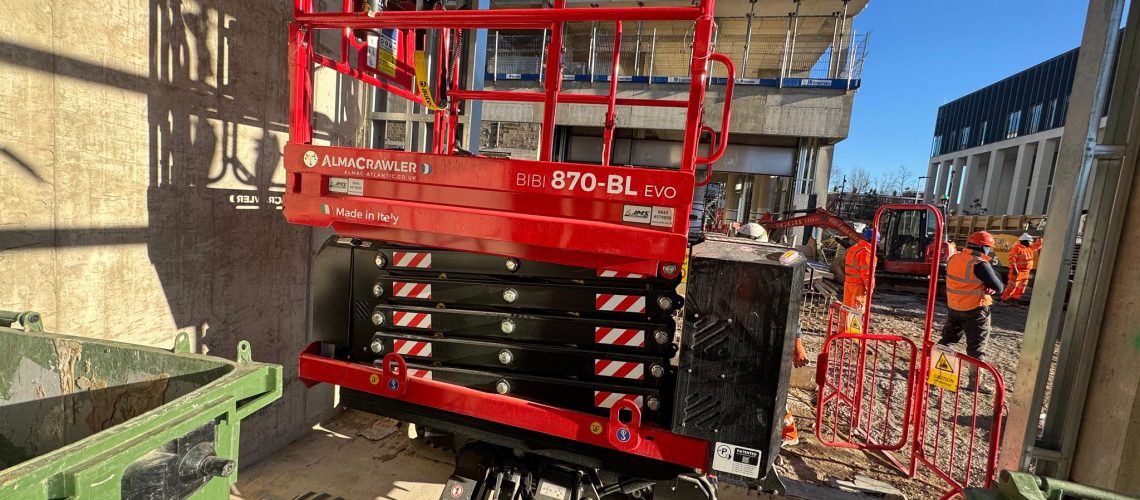LOLER and PUWER are two key sets of regulations that apply to workplace equipment in the UK. While they’re often mentioned together, they serve different purposes—and understanding both is vital for compliance.
What is PUWER?
PUWER stands for the Provision and Use of Work Equipment Regulations 1998. It applies to all work equipment, from power tools to machinery, and focuses on:
• Proper installation and maintenance
• Safe operation and controls
• Adequate training for users
• Protective measures and markings
In short: PUWER ensures all equipment is safe to use.
What is LOLER?
LOLER, or the Lifting Operations and Lifting Equipment Regulations 1998, specifically applies to equipment used to lift or lower loads—including people.
It focuses on:
• Safe lifting procedures
• Load limits and stability
• Thorough periodic inspections
• Properly certified lifting accessories
So while PUWER ensures a machine is fit for work, LOLER ensures it can safely perform lifting operations.
Where Do They Overlap?
In many workplaces, both regulations apply. For example:
• A scissor lift needs a PUWER check to ensure it’s working properly.
• It also needs a LOLER inspection to confirm it’s safe to use for lifting.
Employers must ensure both sets of duties are fulfilled. Ignoring one could leave you exposed to legal action or safety failures.
Why This Matters to You
Understanding the difference helps you:
• Stay legally compliant
• Avoid duplicated inspections
• Ensure the right standards are being applied to the right equipment
Need clarity on what your site or equipment requires? Swift Powered Access can help you navigate LOLER, PUWER, and the rest of your safety obligations with confidence.
LOLER vs PUWER – What’s the Difference and Why It Matters

Facebook
Twitter
LinkedIn
Pinterest
